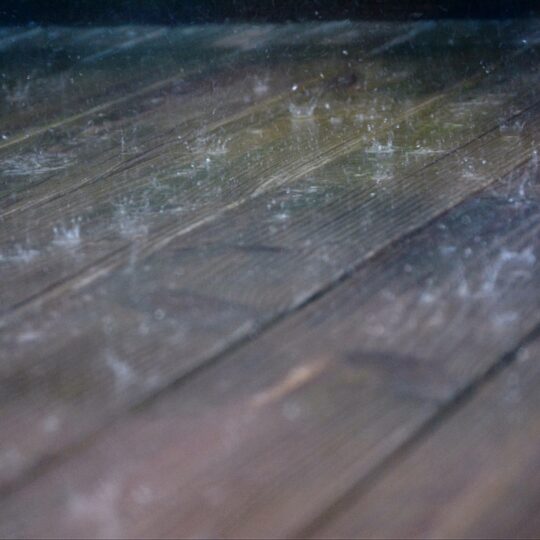Do Pest Control Issues Increase After Fall Rains?

Seasonal changes often bring about shifts in the pest landscape, and the advent of fall rains is no exception. While precipitation is a welcome change for parched gardens and groundwater reserves, it also creates an environment that can be exceptionally inviting for pests. As the rain saturates the ground and fills crevices, you may notice an uptick in pest activity, particularly around your home. Let’s delve into why this happens and what preventive measures you can take.
Why Fall Rains Lure Pests
When the skies open up and the fall rains arrive, several things happen that make your home more appealing to various types of pests:
- Soil Saturation – Excessive water in the ground forces many ground-dwelling pests to seek higher ground. Your home, particularly the basement or ground floor, becomes an ideal refuge.
- Damp Conditions – Pests like cockroaches, house centipedes, and silverfish are attracted to moisture. Rainwater often leads to pooling and increased humidity in and around your property, making it an attractive habitat.
- Temperature Stability – As temperatures begin to drop during the fall, the combination of warmth and moisture inside your home offers a stable environment for pests, making it an attractive alternative to the fluctuating conditions outdoors.
In addition, when rainwater pushes some pests inside, that can attract other pests. For example, if you have some bugs coming into your property because of the rain, spiders will soon follow.
Preventive Measures for Fall Rain-Induced Pest Issues
Given that the conditions arising from fall rains can draw pests toward your home, it is crucial to implement strategies aimed at minimizing these risks. Here are some recommended preventive measures:
- Ensure Proper Drainage – The first step in keeping pests at bay is to prevent water from pooling around your property. Ensure that your home’s drainage systems are working efficiently. This includes gutter maintenance and sloping your yard away from your foundation.
- Seal Entry Points – Cracks in the foundation, gaps around utility lines, and spaces under doors can all serve as entry points for pests. Sealing these areas not only prevents pests from entering but also enhances your home’s energy efficiency.
- Ventilation and Dehumidifiers – Keeping spaces like your basement and attic well-ventilated helps control moisture levels. The use of a dehumidifier can further reduce humidity, making these areas less appealing to moisture-loving pests.
- Regular Inspections – The changing seasons are a good reminder to perform regular inspections of both the interior and exterior of your home. Look for signs of pests such as droppings, chew marks, or damaged plants and take action as necessary.
- Professional Assistance – For optimal results, especially in the wake of significant fall rains, consider scheduling a professional pest inspection. An experienced pest control company can provide a thorough assessment and tailored treatment plan.
Most pest control is water resistant, so it will still continue to prevent and eliminate pests even after it rains. Similarly, if your home is at high risk for pests, you can also consider an interior treatment to give yourself an extra layer of protection.
Paying Attention to Fall and Winter Pests
While fall rains bring much-needed relief to natural ecosystems, they can also escalate pest control issues around your home. By understanding the contributing factors and implementing preventive measures, you can mitigate the risk effectively.
If you find that despite your best efforts, pests are still becoming an issue post-fall rains, don’t hesitate to reach out for professional assistance. A rapid response can make all the difference in preventing a full-blown infestation. Contact our team for a comprehensive pest control evaluation.